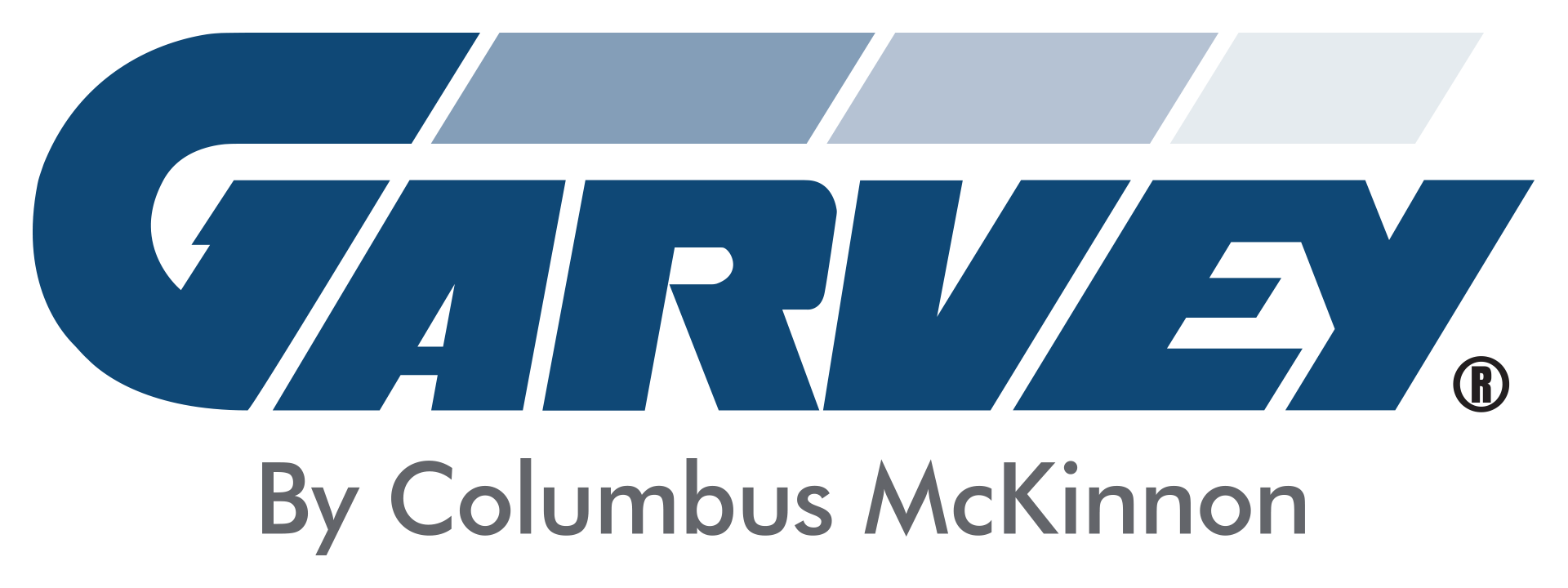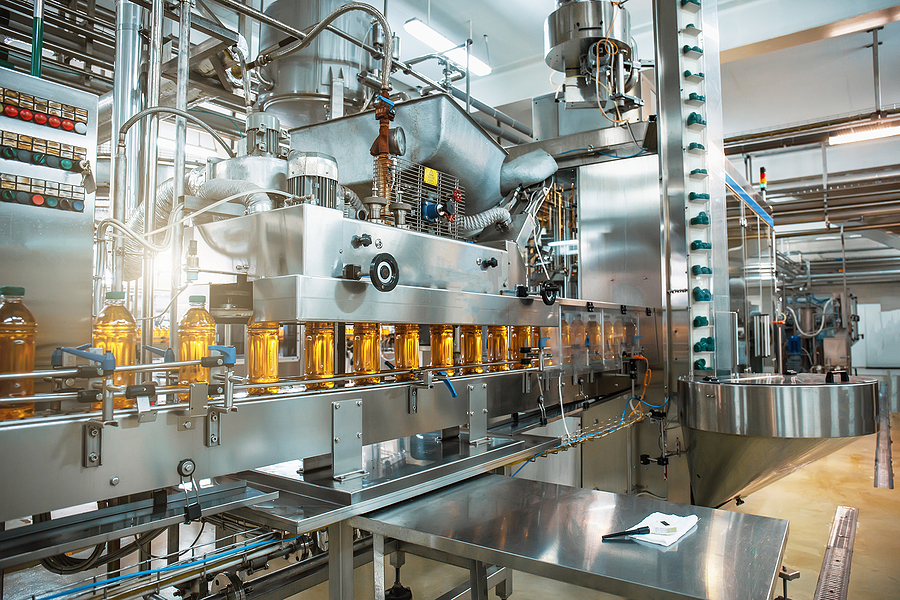When the COVID-19 pandemic first hit, many manufacturers (especially those making non-essential goods) shut down their facilities entirely. Others significantly scaled back production. These decisions were prudent, as manufacturing plants — specifically in the food processing sector — have been the source of several local outbreaks.
Now, those manufacturers are in the process of either reopening or ramping production back up to pre-pandemic levels, and they’re faced with the new challenge of how to do it safely and effectively. To accommodate social distancing requirements, many companies will have to reduce the number of people in the plant at the same time. Others may have difficulty finding workers — the manufacturing workforce is older than the labor force in general and older employees may be concerned about returning to work.
In either case, the implication for manufacturing companies is the same — they’ll need to find a way to increase production with fewer workers on the floor.
This issue is currently one of the main concerns among manufacturers. In a PwC survey about the industry’s biggest concerns related to COVID-19, “the effects on our workforce/reduction in productivity” came in third, following the financial impact and fears of a global recession.
At Garvey, we specialize in helping manufacturers maximize the throughput of their existing lines. Over our decades of experience, we’ve narrowed in on two key things manufacturers can do to increase productivity and profitability without adding to labor costs: automate and accumulate.
Reduce labor requirements via automation
By now, most manufacturers have taken at least a step or two toward automation. No matter where you are in the process, now is a great time to take the next step. Automation projects naturally reduce labor requirements and set companies up for long-term profitability.
If you’re unsure where to start, take a cue from this article in Control Engineering. In it, David McCarthy, president and CEO of systems integration and engineering firm TriCore, suggests envisioning automation as a road trip (after several months of staying home, even an abstract journey seems like fun!).
He suggests approaching any automation project in five parts.
- Plan your trip. This is the most important step. Without a solid plan, you’re likely to take a wrong turn at Albuquerque. McCarthy writes, “Before departing, make sure that you understand completely all the objectives of your project, particularly the business issues that are driving it…Your destination is not just a working automation system, but a solution to some business concern” [e.g., a reduced labor force].
- Plot your route. This is where you get out the map and decide how far you’ll drive each day and what checkpoints you need to hit along the way. In project planning lingo, this map is a specification that defines “all functional details on what the system should do and what assets are required to get the job done.” McCarthy notes the importance of bringing all stakeholders together for a design review. This will ensure everyone is looking ahead in the same direction.
- Validation. Here, you’ll do a factory acceptance test (FAT) to validate the system prior to installing it in your facility. Everyone who participated in the design review should also be part of the FAT. Following the FAT, develop a site installation and system acceptance plan, again involving all relevant stakeholders.
- Upon arrival. You’ve made it! Now make sure that nothing got broken along the way and also that your maintenance staff is trained on the system. Be sure your documentation is complete and that you address any issues immediately.
- Share memories of the trip. This will probably not be the only automation journey your company embarks on, so take the time to share what you’ve learned. This will set your company up well for future automation adventures.
Accumulate to increase throughput of your existing line
Automation will help you reach your current production targets, even in the face of a workforce reduction. It improves your efficiency by allowing you to do the same amount of work with less human labor input.
But if you want to improve productivity, i.e., get more products across the finish line, you need accumulation (see here for a discussion of efficiency vs productivity).
In a nutshell, accumulation allows you to increase your throughput without having to buy higher-capacity processing equipment. This is because your equipment is probably not actually running at its capacity.
As a quick test, think about the maximum capacity of the slowest machine on your line. Are you producing anywhere near that amount? If you sit down and do the calculations, you’ll likely find that your line is only producing 70-80% of what it’s capable of (if you’d like help doing these calculations, schedule a line analysis).
That’s good news! It means there’s room for improvement within your current operations.
That improvement can be achieved by adding accumulation systems, aka buffers, in strategic places on your line to keep the processing machines running. Accumulation essentially minimizes the impact of unavoidable downtime of individual machines so that your line as a whole can produce more.
To learn how this works, read our article What Is Throughput? (And Why You Should Care). It’s a longer article, so if you don’t have time for the full thing, scroll down to the section “How to maximize your throughput” to cut to the chase. You can also download our latest ebook, which talks about why most production lines fail to achieve their potential capacity and what manufacturers can do about it.
If you have questions about automation or accumulation, or if you’d like to talk about an upcoming project, contact us. Our team is here to help.




